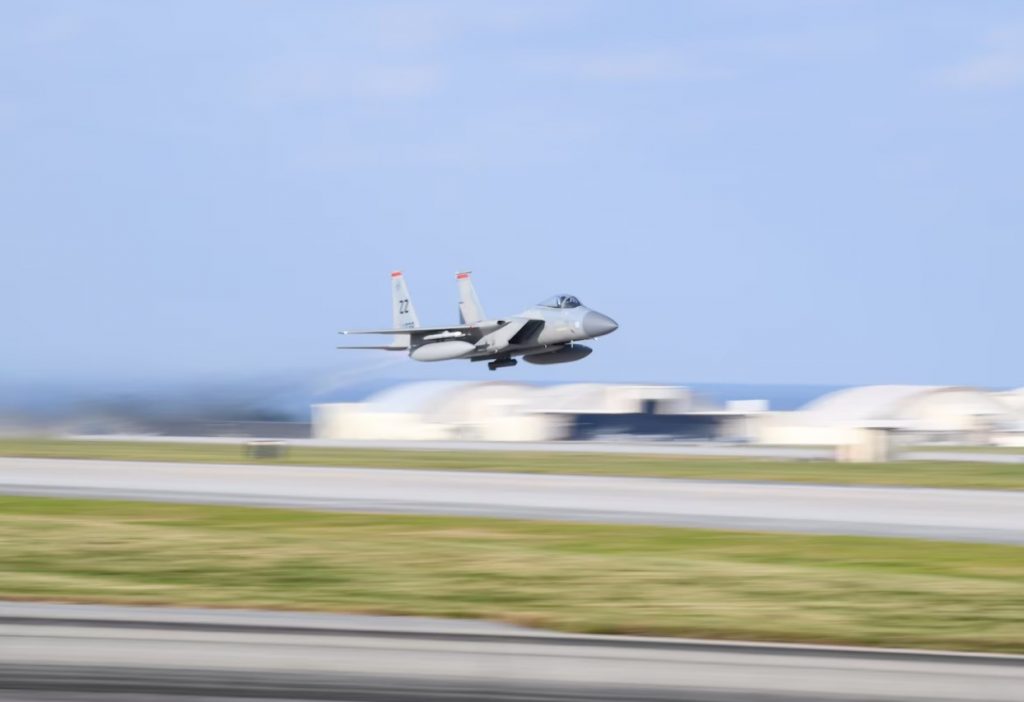US airmen and sailors from the Kadena Air Base teamed up in the skies near Okinawa with Japan Air Self Defense Force personnel during the latest iteration of the bilateral Southern Beach exercise.
There were a multitude of aircraft from different units coming together. Aircraft from Kadena AB included F-15C Eagles, KC-135 Stratotanker, E-3 Sentry, HH-60 Pave Hawks and US Navy’s P-8A Poseidon. Japan Air Self-Defense Force aircraft included the F-2, the F-15J and the E-767.
Patrol Squadron Ten (VP-10) participated in the exercise with a P-8A Poseidons loaded with two AGM-84Ds.
“Exercising the full spectrum of maritime patrol in a joint bi-lateral exercise like this underpins the importance of conducting air interdiction and maritime strike,” said US Navy Cmdr. Marc Hines, Task Group 72.2 and VP-10 commander.
Additionally, Hines said, “the relationships we create from mission planning to execution are invaluable in strengthening our international and joint partnerships, ensures a free and open Indo-Pacific.”
The Poseidon is a maritime patrol aircraft equipped with a bomb bay and pylons for weapons, which enable it to engage targets at sea and under the sea. In addition to the Harpoon missiles, the aircraft will soon carry MK 54 torpedoes equipped with a High Altitude Anti-Submarine Warfare Weapon Capability (HAAWC) kit, which turns the torpedo into a precision-guided glide weapon.
“Southern Beach is a bilateral exercise between US personnel from Kadena Air Base and the Japanese Air Self-Defense Force,” said US Air Force Capt. Sebastian Coburn, 18th Operations Support Squadron dissimilar air combat-training wing chief.

Southern Beach provides US and Japanese personnel the opportunity to integrate as an allied force to better understand each other’s strengths, practice fluidity and execute the mission of maintaining a free and open Indo-Pacific region.
The training not only increases bilateral response capability but also serve as demonstration of the mutual US and Japanese commitment to maintaining regional stability.
The Southern Beach exercise involves close coordination between all forces involved, from mission planning, execution and debrief.
While US Air Force and Japan Air Self-Defense Force often train together in similar Southern Beach exercises, the inclusion of the US Navy’s P-8A added a unique dimension to this event, the US Air Force said.



























